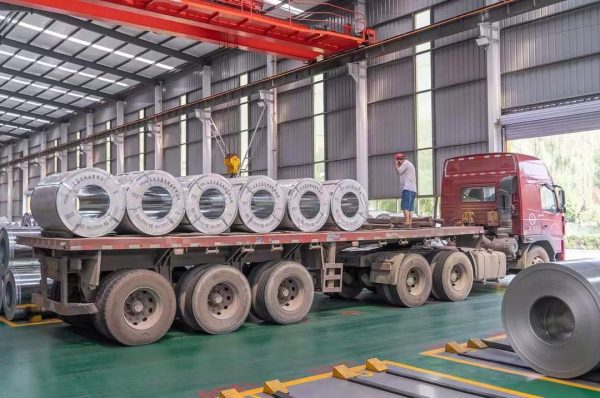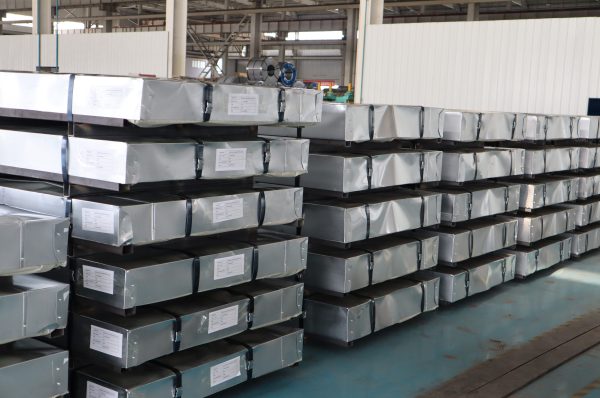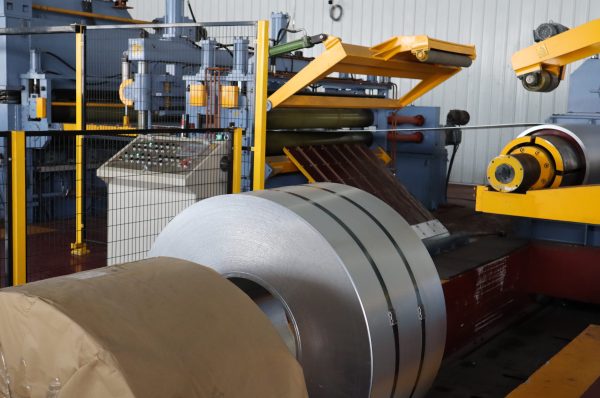Automotive steel is a specialized material designed to meet the rigorous demands of the automotive industry. With its high strength, formability, and durability, automotive steel plays a crucial role in enhancing vehicle performance, safety, and efficiency. This article delves into the various applications of automotive steel, illustrating its significance in modern vehicle design and manufacturing.
1. Structural Components
Automotive steel is fundamental in the construction of a vehicle’s structural components, such as the chassis, frame, and body panels. High-strength steels, including Advanced High-Strength Steel (AHSS) and Ultra High-Strength Steel (UHSS), are used to create a rigid and robust framework that supports the vehicle’s weight and ensures structural integrity. These materials are essential for meeting safety standards and enhancing crashworthiness, helping to protect occupants in the event of a collision.
2. Safety Features
Safety is a paramount concern in automotive design, and steel plays a critical role in the development of safety features. Automotive steel is used to manufacture crumple zones, which absorb and dissipate impact energy during a collision, reducing the force transmitted to passengers. Additionally, it is used in the production of side-impact beams, bumpers, and reinforcements, all of which contribute to vehicle safety and occupant protection.
3. Exterior Panels
Automotive steel is widely used in the production of exterior panels, such as doors, hoods, and fenders. The material’s excellent formability allows for the creation of complex shapes and designs, while its strength ensures durability and resistance to dents and scratches. Additionally, steel’s ability to be coated with protective layers enhances its resistance to corrosion, maintaining the vehicle’s appearance and structural integrity over time.
4. Fuel Efficiency
In the pursuit of improved fuel efficiency and reduced emissions, automotive steel plays a crucial role. Lightweight steel alloys and advanced manufacturing techniques help reduce the overall weight of vehicles, which in turn improves fuel economy. High-strength steels allow for thinner gauges without compromising strength, contributing to weight reduction while maintaining safety and performance.
5. Suspension Systems
The suspension system of a vehicle relies on steel components for strength and reliability. Automotive steel is used in the production of suspension arms, springs, and shock absorber mounts. The material’s high tensile strength and durability ensure that these components can withstand the stresses and strains encountered during driving, contributing to ride comfort and handling performance.
6. Powertrain Components
In the powertrain, automotive steel is utilized for various components, including engine blocks, crankshafts, and transmission cases. The material’s strength and resistance to thermal and mechanical stresses are critical for ensuring the performance and longevity of these vital parts. Steel’s machinability also allows for precise engineering and manufacturing of complex powertrain components.
7. Interior Components
Automotive steel is also used in the production of interior components, such as seat frames, door frames, and instrument panels. The material’s strength and durability contribute to the overall quality and safety of the vehicle’s interior. Additionally, automotive steel’s ability to be coated or painted allows for aesthetic customization and integration with other materials.
8. Electric Vehicles (EVs)
As the automotive industry shifts towards electric vehicles (EVs), automotive steel continues to play a significant role. Steel is used in the construction of battery enclosures, electric motor mounts, and structural components that support the vehicle’s electric powertrain. Advanced steel alloys and designs help manage the additional weight of EV batteries while maintaining safety and performance.
Conclusion
Automotive steel is a versatile and essential material in the automotive industry, contributing to vehicle safety, performance, and efficiency. Its applications span from structural components and safety features to exterior panels and powertrain parts. As automotive technology evolves, steel continues to adapt, incorporating advanced alloys and manufacturing techniques to meet the demands of modern vehicle design. The ongoing innovation in automotive steel ensures that it remains a key driver of progress in the automotive sector, supporting the development of safer, more efficient, and high-performing vehicles.



